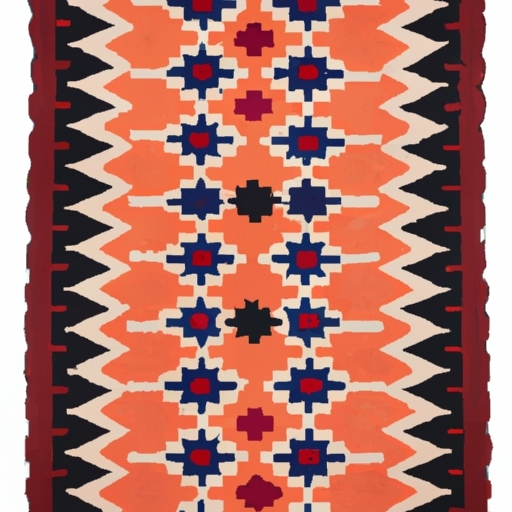Area rugs can be placed in various areas throughout the home to add warmth and style. They are commonly used in living rooms, bedrooms, and dining rooms to define spaces and create a cozy atmosphere. However, there are some less conventional places where area rugs can also be placed to make a statement.
One unexpected location for an area rug is in the kitchen. While it may seem unusual to place a rug in an area prone to spills and stains, small rugs or mats can actually be quite practical in front of sinks or workspaces. These rugs provide cushioning for your feet while standing for long periods of time, making meal prep more comfortable.
Another surprising spot for an area rug is in the bathroom. Placing a soft rug near the bathtub or shower can help prevent slips and falls on wet tile floors. It can also add a touch of luxury to your bathroom decor.
Additionally, consider placing an area rug under furniture such as coffee tables or nightstands. This not only adds visual interest to the room but also helps protect hardwood floors from scratches and dents.
In conclusion, while area rugs are typically found in traditional spaces like living rooms and bedrooms, don't be afraid to think outside the box when it comes to placement. By adding rugs to unexpected areas such as kitchens, bathrooms, and under furniture, you can elevate your home's style and comfort level.
When considering where to place area rugs in your home, it is important to think about both function and aesthetics. **Rugs** can be used in a variety of spaces, from the living room to the bedroom, but they can also be a great addition to outdoor areas such as patios, decks, or porches.
While it may not be the first thought that comes to mind when decorating an outdoor space, adding a rug can bring warmth and comfort to these often overlooked areas. **Patios** are typically seen as utilitarian spaces for grilling and lounging, but by adding a rug you can create a cozy gathering spot for friends and family. **Decks** are another outdoor area that can benefit from the addition of a rug - whether you have a small deck off your kitchen or a large wraparound deck with multiple seating areas, a rug can help define each space and add visual interest.
Porches are perhaps the most obvious choice for an outdoor rug. Whether you have a traditional front porch with rocking chairs or a screened-in back porch with a dining table, an area rug can tie together your outdoor furniture and make the space feel more inviting. **Outdoor living** has become increasingly popular in recent years, with many homeowners investing in high-quality furniture and accessories to create comfortable and stylish outdoor spaces. Adding an area rug is just one more way to elevate your outdoor living experience and make your home feel like an extension of your indoor space.
So next time you're contemplating where to place that new area rug you just bought, don't overlook your outdoor spaces. With so many styles and materials available, there's sure to be a rug that will complement your patio, deck, or porch beautifully while adding comfort and style to your alfresco gatherings.

